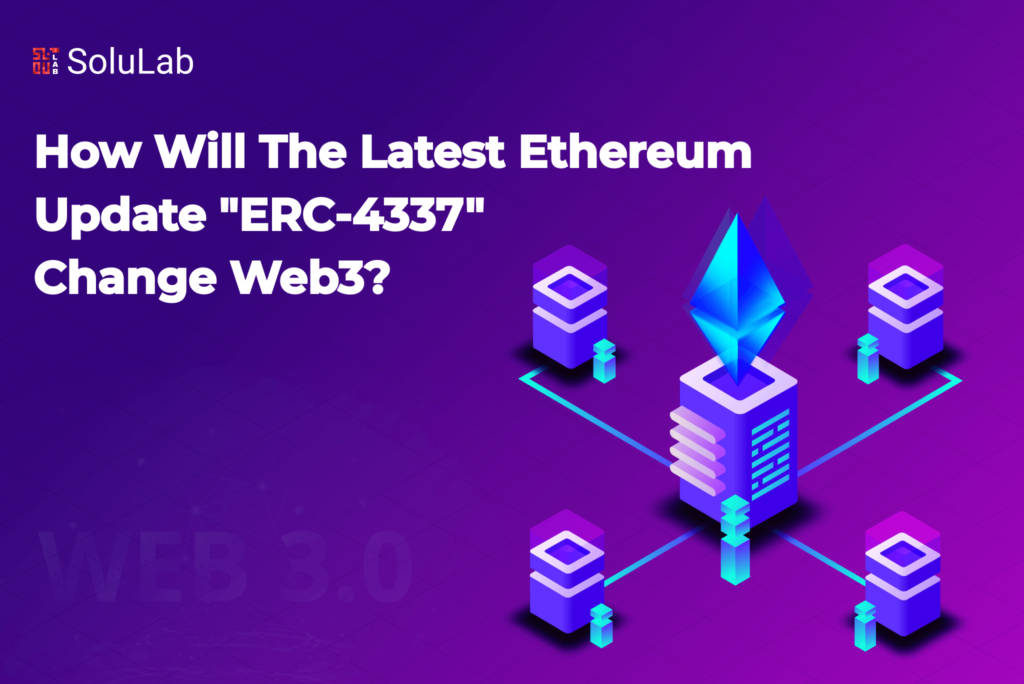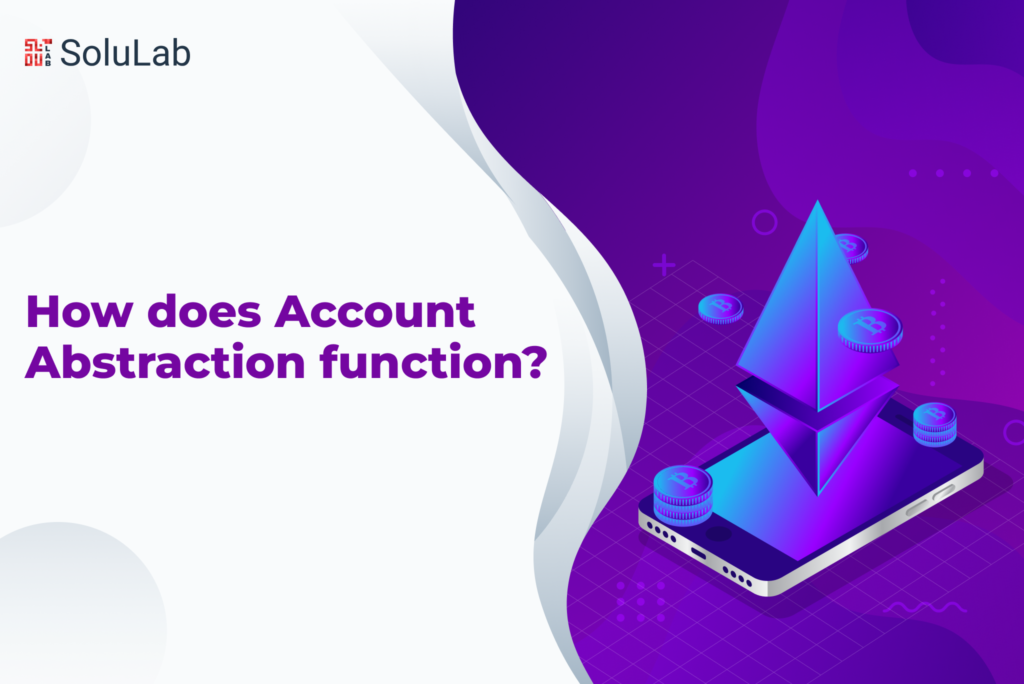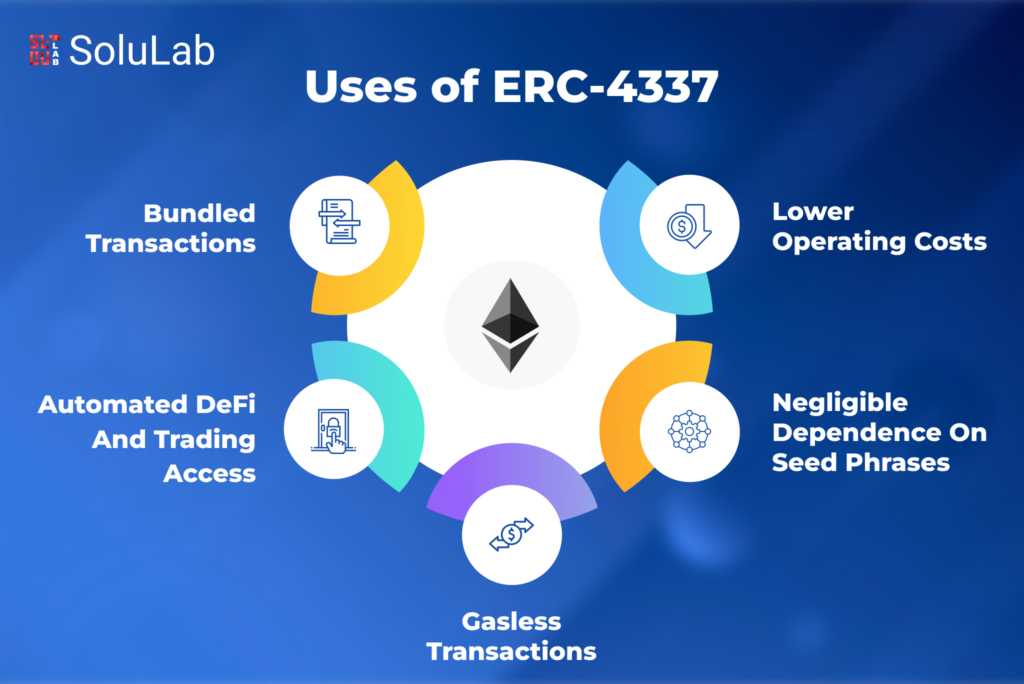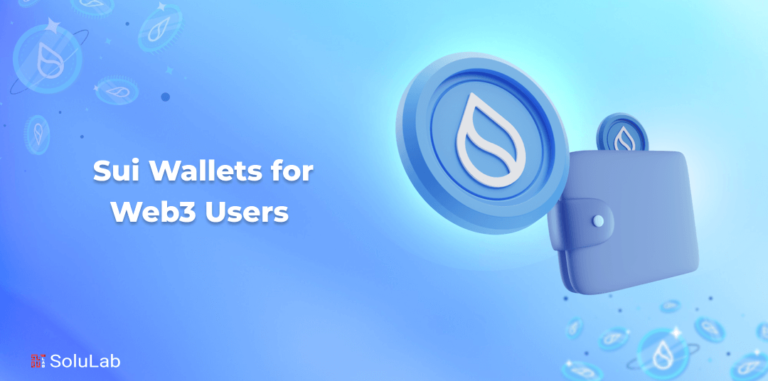
With its upgrade, unveiled at ETH Denver on March 1, 2023, and proposed by Ethereum co-founder Vitalik Buterin and others in September 2021, EIP-4337 and ERC-4337, Ethereum intends to change the routing of users into the cryptocurrency space.
EIP-4337 and ERC-4337 are referred to as superchargers designed to boost web3 adoption and make Smart Accounts available to all web3 enthusiasts. This means that each cryptocurrency wallet can have its own unique authorization logic to suit the requirements of different users or programs. Contract accounts are the next step in wallet evolution needed to enhance web3’s user experience.
Let’s examine ERC-4337 to better understand what it is, why it matters, and what it might portend for Web3.
Understanding ERC-4337
The term “request for comment” (or “ERC”), which stands for “Ethereum request for comment,” was developed by the Internet Engineering Task Force to communicate significant technical notes and requirements to a group of engineers and users.
Yoav Weiss, a security researcher at the Ethereum Foundation, observed, “The next billion users are not going to write twelve words on a piece of paper. Normal people don’t do that”. He said,” we need to give them better usability; they shouldn’t need to think about cryptographic keys.”
In order to change how users engage with wallet services, Ethereum introduced the ERC-4337 standard in 2023. The Ethereum update is known as ERC-4337, or “Ethereum Request for Comment 4337,” makes account abstraction possible. Account abstraction, to put it simply, is the suggestion to enable consumers to use smart contract wallets rather than EOAs. As a result, users are no longer required to conduct transactions using EOAs.
Yet why? What can’t EOAs do that contract accounts can? EOAs cannot compare to smart contracts in terms of flexibility. Several rules and configurations can be specified in the code of any smart contract.
In contrast to externally owned accounts (EOAs), account abstraction lets users use any cryptographic signature of their choice and authorize transactions securely over mobile devices. This allowed users to deploy smart contract wallets with flexible verification logic. Users could then add additional controls or features to their accounts, like two-factor authentication or alternatives for recovery with a friend or attorney.
How does Account Abstraction work?

There are two classifications of accounts available for Ethereum:
1. Contract Accounts (CA)—accounts managed by code rather than by private keys—cannot start transactions on their own. A contract account can be compared to a piece of code (smart contract) that lives on the blockchain and controls how the account operates.
2. Externally Owned Accounts (EOAs)- Consider EOAs as individuals (although a person could have many EOAs). They are the kind of account most Ethereum users choose to open, i.e., MetaMask and Coinbase Wallet.
EOAs are presumably already familiar to you. An EOA is your MetaMask wallet. Public and private cryptographic keys that manage account actions are included in EOAs. Nevertheless, contract accounts lack a private key. These smart contracts are driven by the internal logic of the code; users do not manage them. The main lesson from this is that users control what EOAs do, while code defines what contract accounts do. This is significant because, in contrast to EOAs, smart contracts may do any task that can be performed using code.
Read also: How to Create ERC-721 NFT Token?
Human mistake is at the root of the EOA problem; if users misplace their private keys, there is no way to get them back. By combining an EOA account with a CA, Account Abstraction handles the problems of an EOA account and constructs built-in mechanisms that permit users to maintain access to their cryptocurrency. A social recovery system is one of these built-in mechanisms. Multiple users can regain access to that account if someone loses their private key. Additionally, Account Abstraction allows users to create multi sig wallets, which require numerous users to sign off on transactions and grant access to an account to a group of users.
Why is ERC-4337 used?

ERC-4337 resolves these major issues with current wallet structures:
Retrieve private keys
The terrifying aspect of web3 is that it’s possible to forget the key with a crypto bit and lose access to one’s wallet. Using the “social recovery system” enabled by ERC-4337 development, authorized individuals can regain access to your wallet if they misplace their private keys. Several Account Recoveries choices, such as a normal Google or Bank account, are provided by this upgrade. Using reinvented cryptographic key storage, they transform your mobile device into something as useful as a hardware cryptocurrency wallet.
Negligible dependence on seed phrases
ERC-4337 Seed phrases, account managing code, and other developer-specific qualities are hidden away, resulting in a clear and usable user interface.ERC-4337 is anticipated to introduce “Group-Access” wallets for smart accounts. This implies that if you forget your seed phrase, you can contact the guardian contracts or accounts you previously chose to help you regain access.
Users may now protect their wallets with 2FA (two-factor authentication) and biometrics, greatly enhancing their security and usability. Some users of Web 3 are there to safeguard themselves against the kind of institutional intrusion that security methods like biometrics imply.
Furthermore, those users and others might not want to give up seed phrases because they offer an extra layer of security. Moreover, this measure would remove dependence on private keys through key abstraction. The seed phrase won’t even be required if someone attempts to build up a wallet after the ERC-4337 in order to reclaim the account if necessary.
Gasless transactions
The ERC-4337 standard supports gasless transactions, further permitting the bundling of transactions to speed up and improve efficiency. With the help of this functionality, NFT collections and associated DAOs can sponsor users’ gas costs, lowering the cost of transactions.
This functionality also makes it possible to pay transaction fees using the tokens associated with an application, thus lowering transaction costs. To make this a primary feature, entire blockchains like Avalanche and its subnets have been created.
Automated DeFi and trading access
The level of involvement required to collect and trade NFTs is one of the most challenging aspects. Analyzing floor prices, timing mints, and tracking metrics all require almost constant effort.
However, ERC-4337 permits AI trading, adjusting yield farming positions, and automated trading with a monthly spend limit. Users of all levels may find trading NFTs much simpler and more accessible thanks to these features.
Bundled transactions
Sign-offs are required for every EOA transaction. Additionally, it may be tedious. With account reflection, it tends to be feasible to package exchanges and send them as one to save time and gas expenses.
User-specific benefits of ERC-4337
ERC-4337 would advance the idea of “Trustless Banks.” ERC-4337 smart accounts offer a number of advantages, some of which are listed here.
- This innovation brings together all of the other aspects of Account Abstraction that other EIPs had in mind.
- The decentralized relay system here is more secure and resistant to censorship.
- They provide conventional mobile user onboarding.
- Less likely a human error due to the deployment of smart contract wallets.
- Modifications are simple to implement on other chains that are consistent with the Ethereum Virtual Machine.
- The adaptability to activate features similar to those found in banks, such as auto-pay, account recovery, and multi-factor authentication.
- Compatibility with upcoming signature schemes like Quantum resistance and BLS (Boneh-Lynn-Shacham), making the network less vulnerable to attacks.
Concluding remarks
How we communicate about ERC-4337 is crucial to realizing its potential. Anyone can start trading NFTs, join crypto newsletters, play web3 games, and create new smart account wallets with ERC-4337. ERC-4337 provides numerous features that traditional banks typically offer their customers without requiring trust. In general, ERC-4337 has the potential to revolutionize all industries. It might accelerate Ethereum’s daily transaction volume and active addresses in time. Additionally, with simple onboarding, gas-fee-specific revenue generation may improve.





